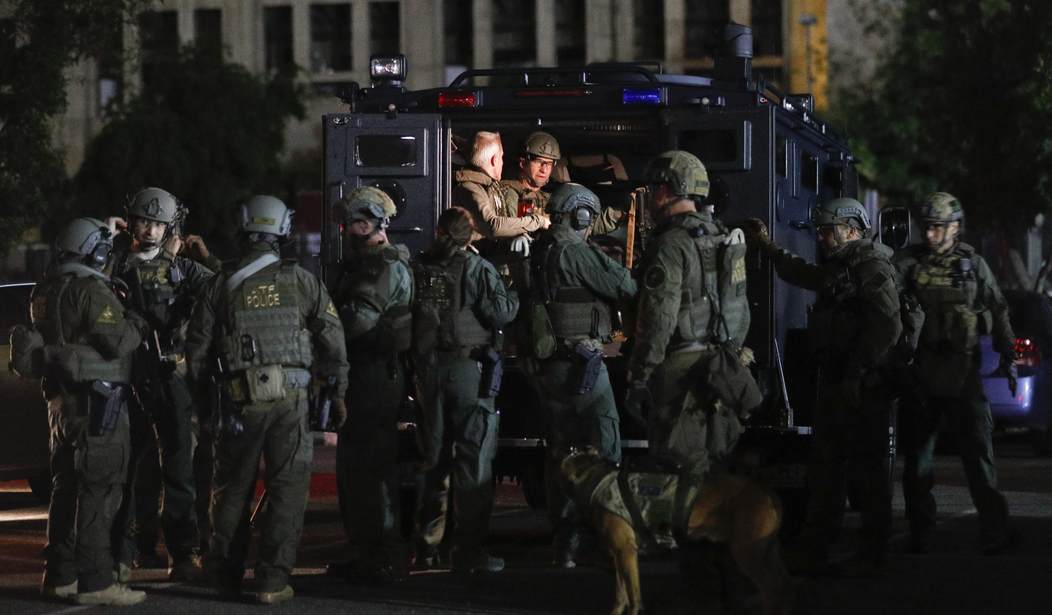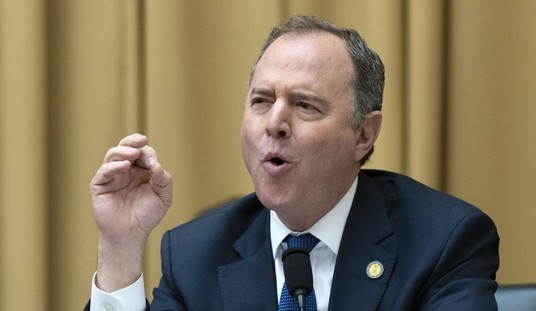WASHINGTON – President Obama, during a visit to El Paso in 2011, chided Republicans for suggesting that the government triple Border Patrol presence. He jokingly suggested the government build a moat, with alligators in it, openly mocking lawmakers like former Gov. Rick Perry, who warned against the tide of criminal activity at the Texas-Mexico border. Perry, for his part, suggested sending U.S. law enforcement into Mexico to combat drug cartels and violence.
According to Jaeson Jones, a former manager of daily operations for the Texas Rangers’ Border Security Operations Center, Obama, Trump and every administration dating back to about 1930 has missed the point.
“It wasn’t that (Perry) was lying,” Jones, a retired captain of the Texas Department of Public Safety’s Intelligence and Counterterrorism Division, said in an interview Tuesday. “He truly wasn’t. The federal government is so outdated it can’t see the problems that police chiefs and sheriffs are dealing with because they don’t have the data.”
To compile national statistics on crimes like murder, rape and robbery, the Federal Bureau of Investigation has been relying on Uniform Crime Reporting, a system that was implemented in 1930 and, according to Jones, has not seen significant updates since.
The UCR was created in response to cross-border issues between states. About 18,000 agencies from local, city, county, state, tribal, university and federal jurisdictions voluntarily report crime statistics for the UCR. Those agencies represent about 98 percent of the American population, but the data is incomplete, given that agencies are not required to participate.
Through the UCR, the FBI compiles data on so-called index crimes, including murder, rape, robbery, aggravated assault, burglary, larceny-theft, motor vehicle theft, arson and human trafficking. But, according to Jones, it’s lacking data on 21st century crimes, like public corruption (a major issue at the southwest border), kidnapping, extortion, drug trafficking, money laundering and cyber attacks. For instance, the FBI is unable to give an exact number on annual narcotics crimes. Each individual agency has its own data, but coming up with an exact figure across all federal, state and local offices would be impossible.
FBI spokesman Stephen G. Fischer, Jr. noted in an email Thursday that an exact number is not available, given that “not all agencies report to us.” Jones said this signifies a broken system.
“This is why transnational criminals are crossing our borders, just overrunning local and state law enforcement across the country,” Jones said. “If we can’t get the little things right, and this is a little thing, then we’re never going to get the big things right.”
He said the New York Police Department is an example of what can be accomplished with adequate reporting. New York City has seen its murder rate drop from about 2,000 a year in the early 1990s to around 300 in the past four years. Jones said this is because the NYPD leverages data through CompStat, while looking beyond its traditional jurisdictions, placing analysts all over the world to learn from incidents and prevent recurrences in New York.
To fill some of the gaps in UCR reporting, the FBI in the late 1980s unveiled the National Incident-Based Reporting System, or NIBRS. It gives law enforcement the ability to collect data on more crimes, but so far only about 30 states are certified for the system and not all of those actively participate. The FBI’s goal is to get all states on board by 2020 and establish NIBRS as the national standard.
The failures of uniform crime reporting, according to Jones, is the reason why law enforcement wasn’t able to prepare for the influx of Mara Salvatrucha (MS-13) members in the early 2000s, or anticipate the wave of crimes committed by the Salvadoran gang since. President Trump has vowed to deport MS-13’s most violent offenders, as gruesome news stories continue to reveal the group’s propensity for rape and murder. Jones, who was stationed at the border in the early 2000s, said that hundreds of MS-13 members were literally running to Border Patrol agents, seeking refuge from Mexican drug cartels who were “slaughtering” them.
Given Mexican gang members’ footprint in Texas, many of the MS-13 members migrated to areas in the northeast. On Long Island, the gang has been linked to 20 killings since 2010, with victims as young as 16.
“If this process had been up to date, then you would have seen this, and the police chiefs, sheriffs and others could have made hard adjustments to stop this, and they never saw it,” Jones said. “All they continue to do is react versus prevent because they can’t see it. These are invisible crimes, except for local and state, who are taking the calls and responding.”
Scott G. Erickson, a former California police officer and founder of the nonprofit Americans in Support of Law Enforcement, said Tuesday that there have been myriad criticisms of UCR, including its singular reliability on crimes reported by state and local law enforcement and the inability to report the “dark” or “hidden” figures of crime. Despite the criticisms, Erickson said it remains the most reliable repository of national crime information available. He said that UCR needs to be supplemented with data from sources like the National Crime Victimization Survey.
“NCVS data relies upon extensive interview data with thousands of participants and is designed to elicit a truer understanding of crime and victimization in society,” Erickson wrote in an email Tuesday. “All too often people are unwilling or disinclined to report crimes and thus their particular incidents may not end up in the UCR data reports.”
Jones suggested the Department of Homeland Security take the lead – first with Acting Secretary of Homeland Security Elaine Duke calling all major sheriffs and city police chiefs into a conference to formulate a plan for reporting crime through DHS, which he said is a better-equipped agency given post-9/11 reforms.









Join the conversation as a VIP Member